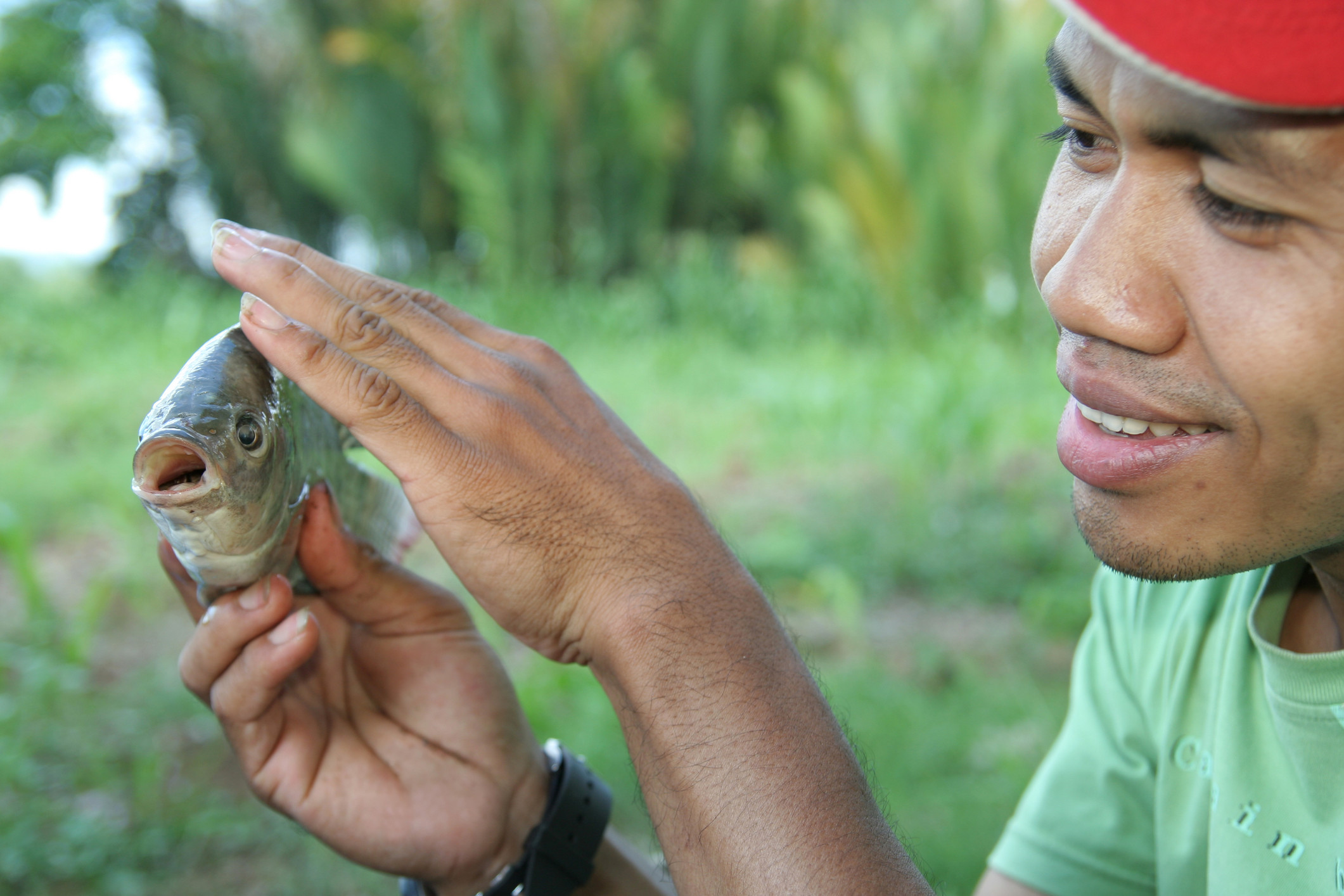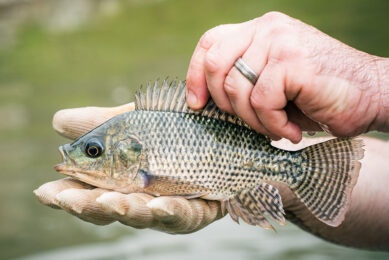OIE: Fighting antimicrobial resistance in aquaculture

To be able to reduce the antimicrobial use on farmed fish, it is important to know which bacteria we are dealing with that cause problems in aquaculture.
This is some advice from the World Organisation of Animal Health (OIE), published in the Aquatic Animal Health Code.
Last week, the OIE came together in Paris, France for its 86th General Session. Here, the 181 OIE Member Countries discussed several revisions of OIE international Standards and guidelines resulting in a stronger veterinary supervision of the use of antimicrobials in animals worldwide.
Antimicrobial use in fish species
Antimicrobial agents are essential for treating and controlling infectious diseases in aquatic animals. However, to be able to appropriately address the selection and dissemination of resistant microorganisms and antimicrobial, the OIE has developed the chapter ‘antimicrobial use in aquatic species’ in the Aquatic Animal Health Code.
For starters, OIE states that there is the need for selection of microorganisms. Information on the occurrence of antimicrobial resistance in microorganisms that infect aquatic animals should be derived from regular monitoring of isolates obtained from diagnostic laboratories. These isolates should have been identified as primary causal agents of significant disease epizootics in aquatic animals. It is important that monitoring programmes focus on microorganisms that are associated with the commonly encountered infections of the major aquatic species farmed in the region / local growing area.
Use of testing methods
OIE also states that there is a lack of standardised and validated antimicrobial testing methods for a significant number of bacterial species of aquatic importance. When validated methods are available they should be used, says OIE. Any deviations from standard methodology should always be clearly reported. For tests performed on bacterial species for which standard methods have not been developed, full details of the methods used should be provided. The OIE states that a surveillance and monitoring programme should include (as a minimum) the following species:
- Salmonella spp.
- Vibrio parahaemolyticus
- Listeria monocytogenes
The results of surveillance and monitoring programmes, including susceptibility data, should be published and made available for use by relevant stakeholders. Both primary quantitative data and the interpretive criteria used should be reported.
Source: OIE











